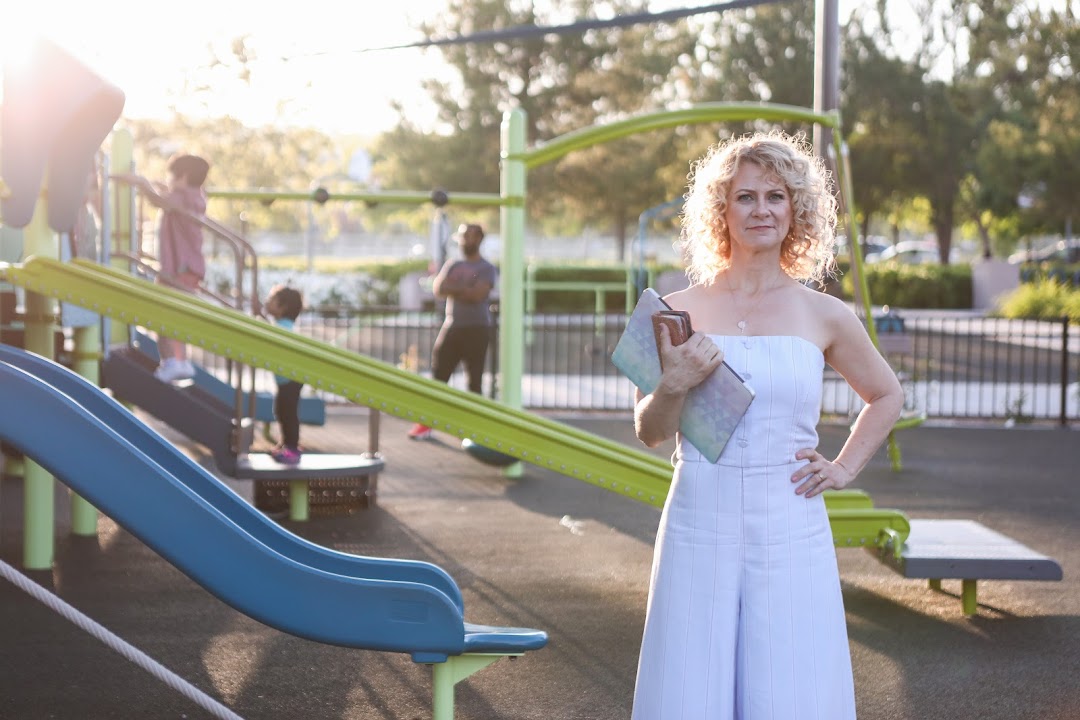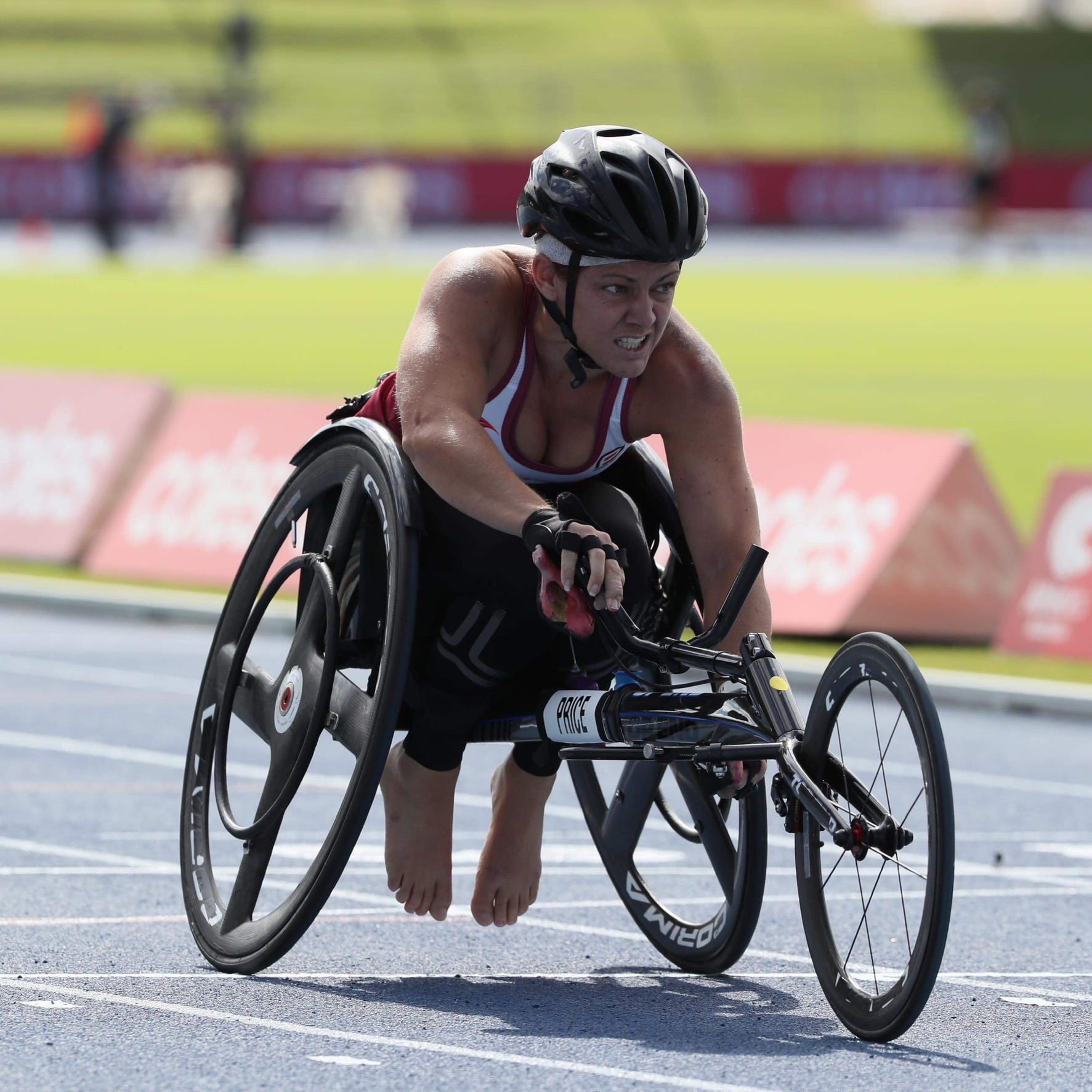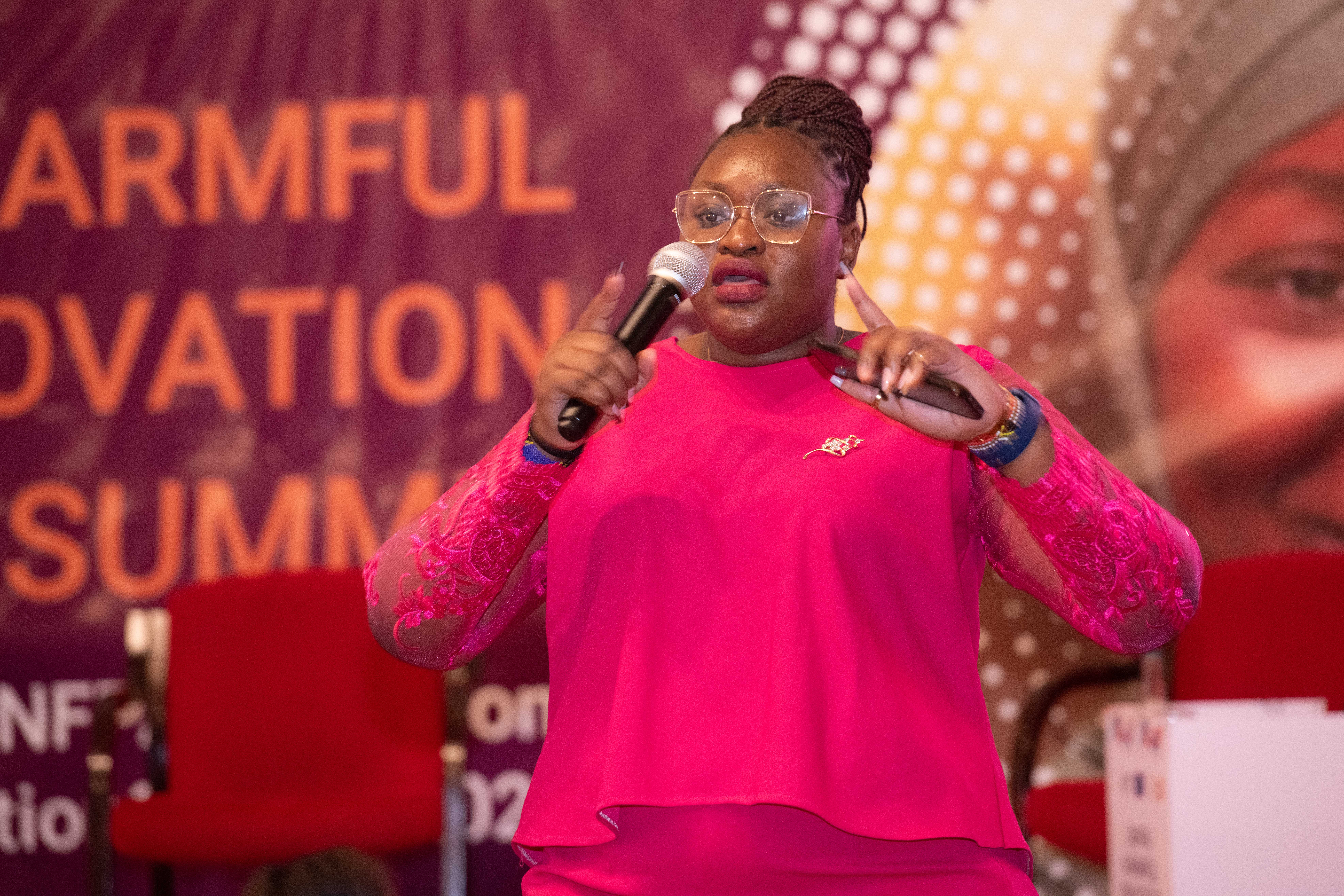My epilepsy has never held me back
World Champion hurdler Dai Greene has lived with epilepsy since he was 16. To raise awareness on International Epilepsy Day, the Welsh athlete shares his story with This Is MedTech.
“I’d been at a New Year’s Eve party and had a few drinks. The next day I was playing on the computer with my brother and then I woke up in the hospital. They told me that I’d had a seizure,” he recounts. “Several months later, I was on holiday heading down to the beach when I had another seizure and ended up in hospital, as I’d injured my face and broken a few teeth.”
According to the World Health Organization, around 50 million people worldwide have epilepsy, making it one of the most common neurological diseases globally. It’s characterised by recurrent seizures caused by excessive electrical discharges in a group of brain cells. The seizures are brief episodes of involuntary movement, and they’re sometimes accompanied by loss of consciousness and loss of bowel or bladder control.
It’s estimated that up to 70% of people living with epilepsy could live seizure-free if properly diagnosed and treated. However, getting a diagnosis is not always easy as there is no single test. It’s based in part on a person’s medical history and investigating what happened before, during and after the seizures.
Medical technologies can also play an important role in diagnosis. For example, Dai had an electroencephalogram (EEG) to record the electrical signals from his brain onto a computer. It involved adhering electrodes to his scalp and connecting them via wires to the EEG machine. “I was diagnosed with epilepsy and given anti-epileptic medicines,” he says.
Despite being on medication, more seizures followed over the next few years. “I was keen on sport, but it fell by the wayside as I was more focused on my social life. I found that lack of sleep fuelled by a little alcohol was my trigger,” he explains. That all changed at university, where he fell in with friends who were focused on athletics. “I trained six days a week and I had no seizures.”
After university, Dai stopped taking his medicines and continued to pursue his career as a top professional athlete. However, a stark reminder of his epilepsy came with his first win as European champion in the 400m hurdles. “I had a seizure a couple of days later. I’d been out celebrating and had been through a stressful several days without much sleep,” he says. “A year later, a few days after winning the World Championships, the same thing happened.” Realising that he was susceptible to seizures around these times, Dai started taking anti-epileptic medicines when needed. He also resolved to be extra careful with his sleep routine no matter what, and credits this with keeping him mostly seizure free. “The sacrifices are worth it,” he comments.
Dai is passionate about raising awareness, not least because his younger brother also has epilepsy. He’s an official ambassador for Young Epilepsy and often donates prize money from TV appearances and celebrity challenges to support the charity’s work.“I’ve used my status in the athletics world to shine a light on epilepsy. I don’t shy away from talking about it.”






